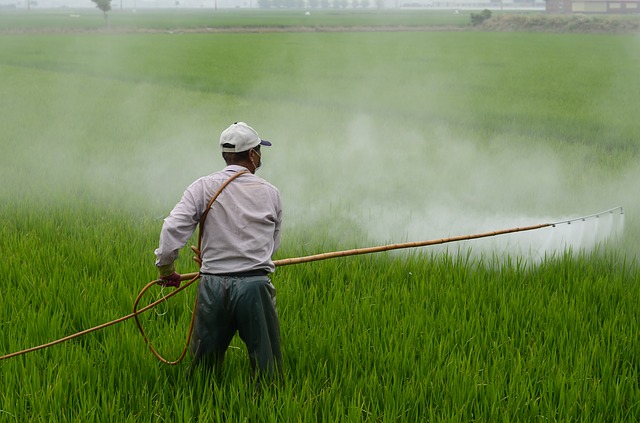The California Department of Pesticide Regulation (DPR) is proposing rules restricting application of agricultural pesticides near schools and day-care centers. The new rules would halt application of pesticides near such facilities during weekday daylight hours.
According to the Santa Maria Sun, the agency’s proposed regulations would be the first statewide rules restricting pesticide use near schools. In the past, such regulations have been applied “county by county, or pesticide by pesticide.”
Per the DPR’s September press release, the proposed regulation would specifically prohibit most pesticide applications “within a quarter mile of public K-12 schools and child day-care facilities from Monday through Friday between 6 a.m. and 6 p.m. These include all applications by aircraft, sprinklers, air-blast and all fumigant applications.” The regulation also includes numerous notice requirements, including making growers and pest control contractors notify public schools, day-care facilities and county ag commissioners when pesticide applications occur near schools. Growers would also be required to provide the name of pesticide products and a map showing the location of fields to be treated. Private schools and universities are notably absent from the language.
Some view the proposed rules as overreaching. Roger Isom, president of the California Cotton Ginners and Growers Associations, told Western Farm Press the measure is “completely unnecessary and could force the shut-down of a cotton gin in Kern County that shares a property line with a public school.” Isom also stated that the regulations are “the result of activist groups pushing for one-mile buffer zones around schools and other more onerous restrictions.” Western Farm Press noted that agricultural commissioners in Kern and Tulare Counties have reported no recent pesticide incidents involving schools.
Coincidentally, the Imperial Valley News reports researchers from the University of California and the Coalition for Urban & Rural Environmental Stewardship recently developed a new pesticide spraying technique known as “interference perimeter spraying” to address spray drift. The method involves “driving two spray rigs in-parallel on either side of the outer row of trees, with the outside rig spraying only air inward to contain the spray within the orchard.”
Earlier this week, the DPR announced a December 9 deadline for public comment on the proposed pesticide application changes. A comprehensive list of the proposed regulations is available here.
